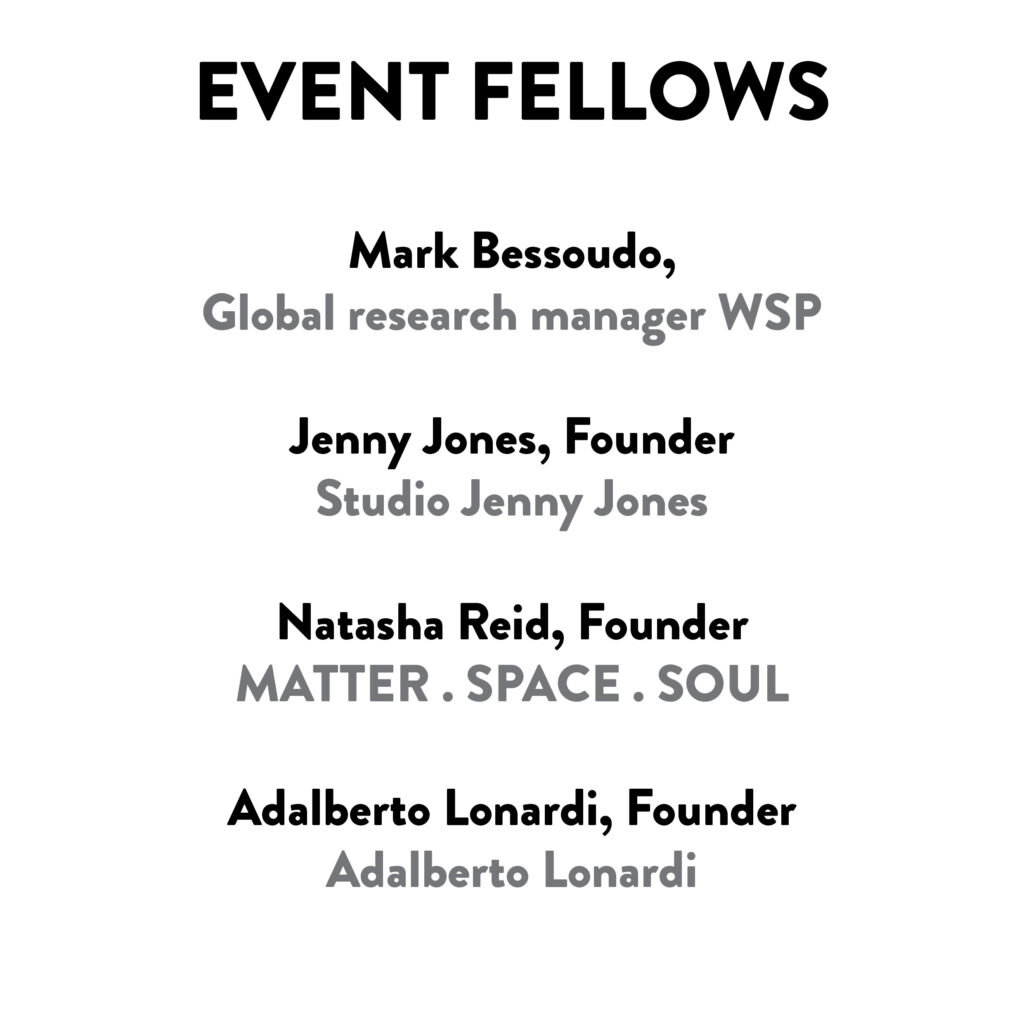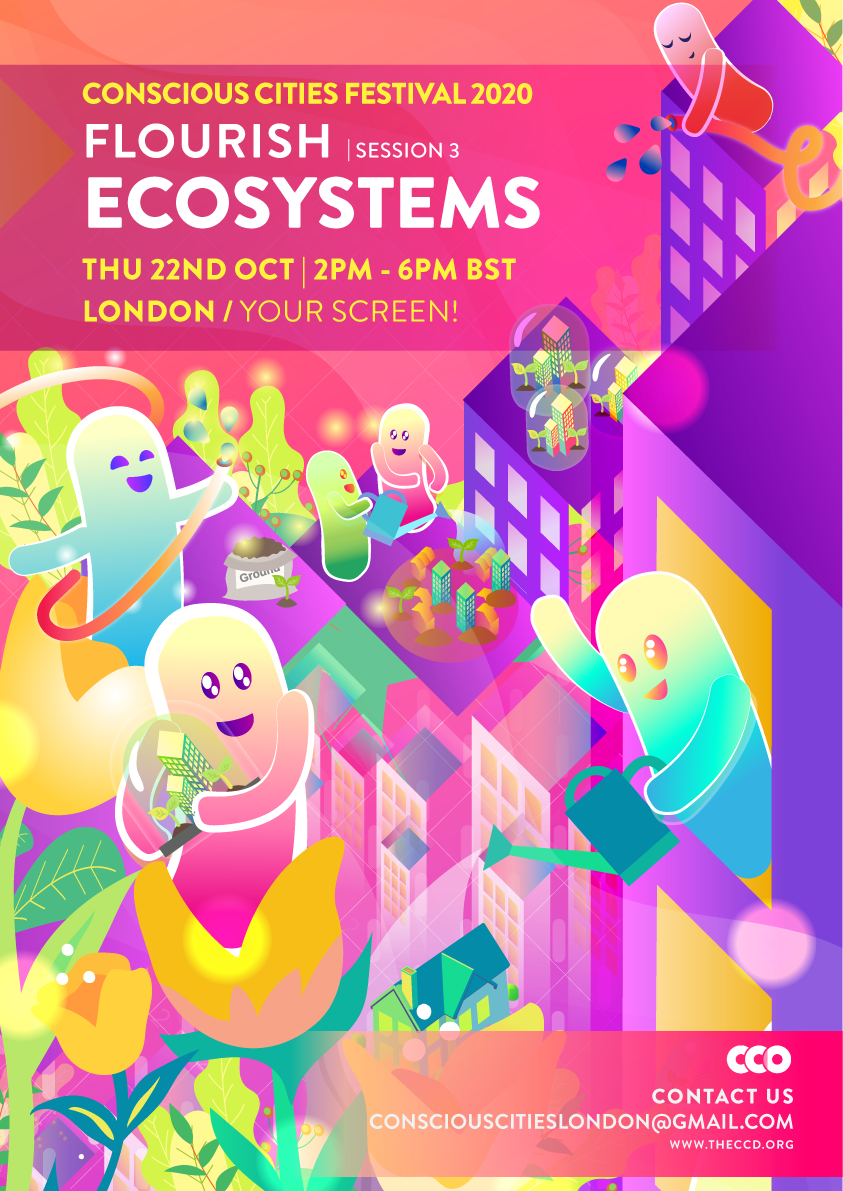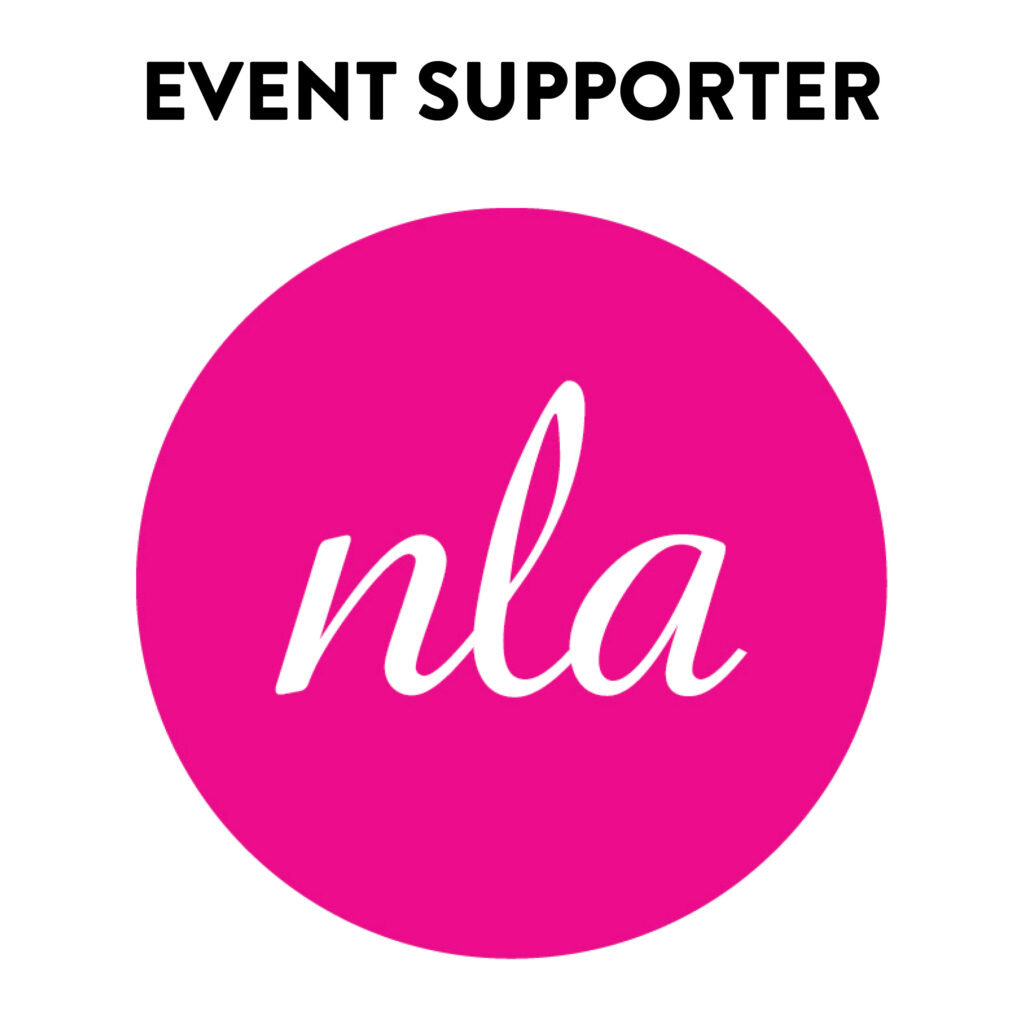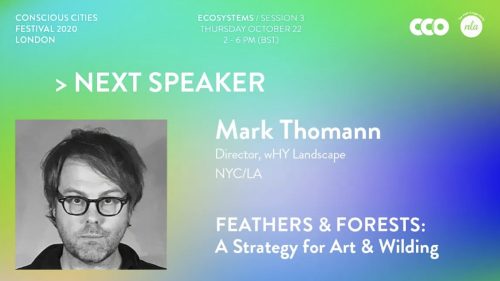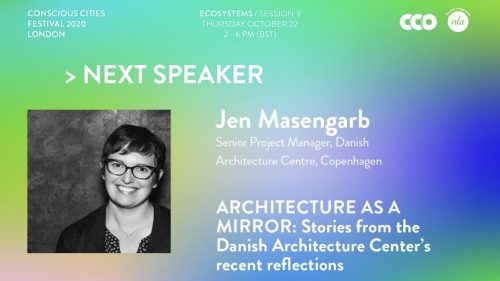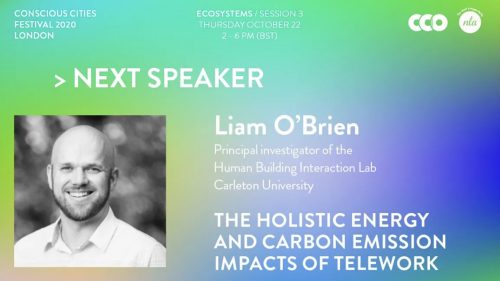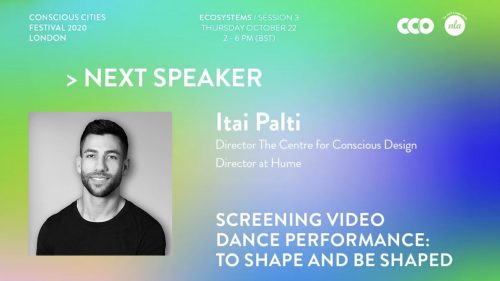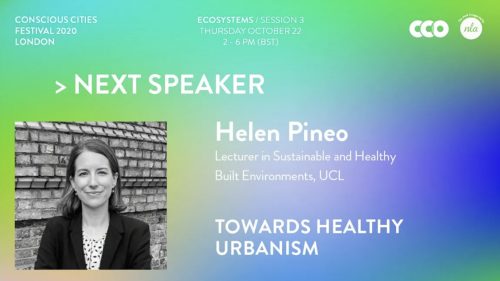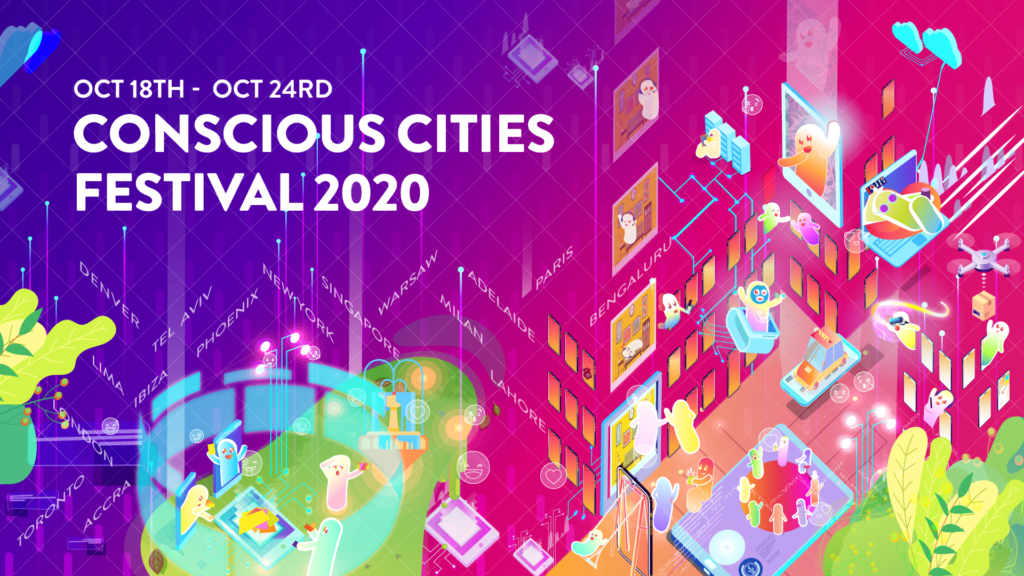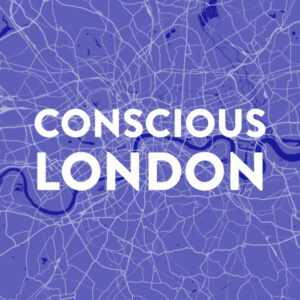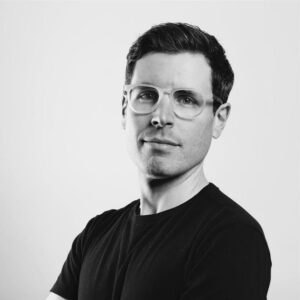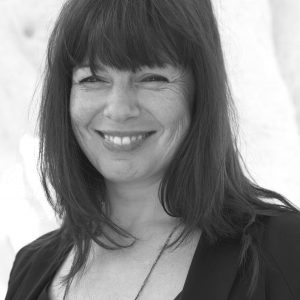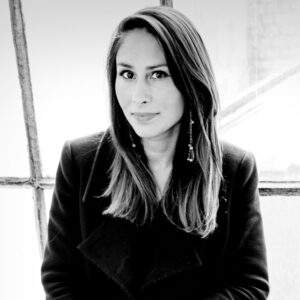People shape places, and, in turn, places shape people.
How can we create cities that better contribute to human flourishing?
Conscious Cities London is bringing together diverse voices from the science, design and creative communities to inform, inspire and agitate ideas of how we can reimagine our urban environments by putting people and planet first.
____________________________
SESSION 3: ECOSYSTEMS
Thursday, 22 October (2:00-6:00pm BST / 9:00am-1:00pm EST)
How can we create human-centric places that also support environmental priorities like decarbonisation, increasing biodiversity and promote circular economies?
What are the systems and frameworks we need to better address pressing societal and planetary issues?
Register here: https://www.eventbrite.com/e/flourish-day-3-ecosystems-conscious-cities-london-festival-2020-tickets-119890629099
____________________________
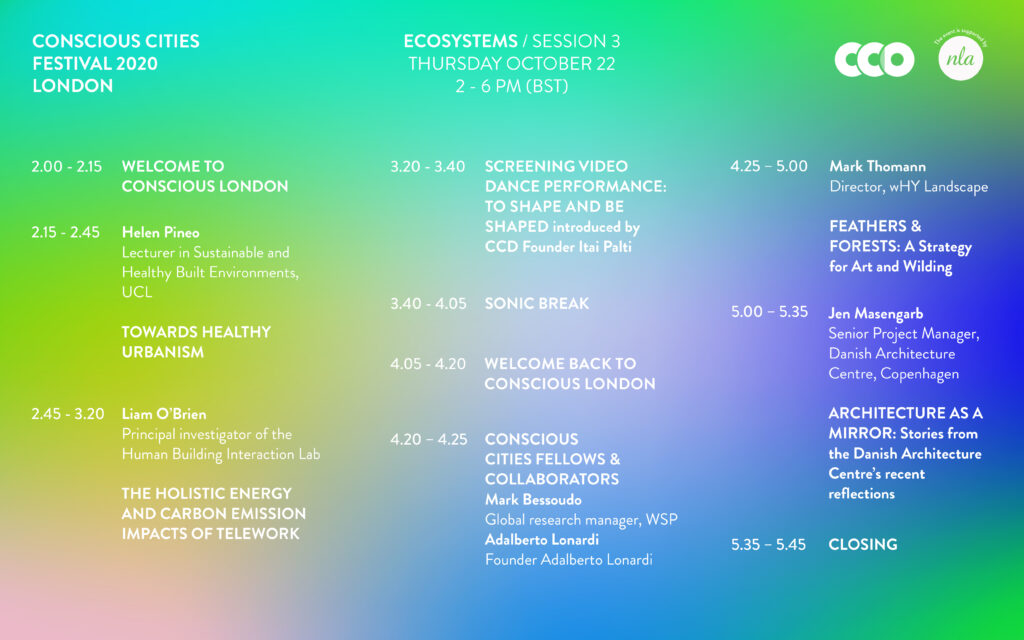
Programme:
Towards healthy urbanism
Helen Pineo (Lecturer in Sustainable and Healthy Built Environments, UCL Institute for Environmental Design and Engineering)
The Covid-19 pandemic has put a spotlight on urban health issues that have been longstanding, but not widely understood among built environment and property professionals. A lack of equity and inclusion in the way urban environments are planned and managed means that they tend to disadvantage or exclude women, children, the elderly, disabled, low income and racial minority groups, resulting in avoidable health impacts. In addition to social injustices, Covid-19 is exacerbated by environmental degradation, leading to the pandemic being called a syndemic by some health experts. Environmental destruction increases our risk of exposure to zoonotic diseases and worsens the climate and biodiversity loss crises. These urgent challenges mean that we need to reach a shared understanding of the meaning and form of healthy urban environments in order to plan cities that support population health now and into the future. The new THRIVES framework (Towards Healthy uRbanism: InclusiVe Equitable Sustainable) reframes the concept of healthy urban development to support better design and decision-making.
The Holistic Energy and Carbon Emission Impacts of Telework
Liam O’Brien (Associate Professor, Architectural Conservation and Sustainability Engineering, Carleton University)
Starting in the 1970s, telework was widely touted as a working style with a lower environmental impact – largely due to the reduced distance travel of single-occupancy cars. While the telework movement has seen modest growth since then, it pales in comparison to the abrupt shift since the latest pandemic. However, telework has numerous rebound effects that are far less appreciated by most of its advocates and citizens. This talk will build upon empirical evidence from the scientific literature to explore whether telework is truly a more sustainable approach. It will conclude by discussing policies and design approaches to improve the environmental sustainability of working.
Feathers & Forests: A Strategy for Art & Wilding
Mark Thomann (Director, wHY Landscape)
‘The physical description of the world presents a picture of all that exists in space-of the simultaneous action of natural forces together with the phenomena which they produce. But if we would correctly comprehend nature, we must not entirely or absolutely separate the consideration of the present state of things from that of the successive phases through which they have passed.’ — Cosmos, Alexander von Humboldt
Art is experiential and an agent for change. Wilding, not re-wilding, or simply restoring what was lost, is an active pursuit of beauty, that looks to the future and recognizes the interrelationships between aesthetics, human experience, and ecology, suggested in Oliver Rackham’s The History of the Countryside (1986) which states, the ways in which a ‘landscape is lost’ are divided into four categories: loss of beauty, loss of freedom, loss of wildlife and vegetation, loss of meaning. Together, Art & Wilding can address this loss and inspire new meaning through a practice of curiosity that reveals the beauty of not just nature, but of common things. In the seeming simplicity of ordinary things . . . you find elegant complexity, history and process. Landscape, like art, emerges out of this context, real and imagined. Andrea Wulf writes, ‘Fascinated by scientific instruments, measurements and observations, (Humboldt) was driven by a sense of wonder as well. Of course, nature had to be measured and analyzed, but he believed that a great part of our response to the natural world should be based on the senses and emotions.’ Our future, ever evolving, requires experiments and tools to represent and negotiate these shifting landscapes.
Architecture as a Mirror: Stories from the Danish Architecture Center’s recent reflections
Jen Masengarb (Senior Project Manager, Danish Architecture Centre)
How would you go about communicating what makes architecture special in your home city or country? What can the choices about what a society funds and builds, tell us about what a society values? Nineteenth century American architect Louis Sullivan once said, “our architecture reflects us as truly as a mirror.” For Denmark, it’s not skyscrapers or castles that stand out, but the high quality of buildings of everyday life. In 2020, the Danish Architecture Center opened a new exhibition that sought to tell the story of contemporary Danish architecture to both local and international visitors. ‘Hello Denmark’ provides a glimpse into six fundamentals of everyday Danish life and explores the ways these highly-valued ideas impact the design decisions for architecture and planning made throughout the country. Jen Masengarb – a DAC senior project leader and member of curatorial team – will start with a short tour of the exhibition, explain DAC’s challenge of creating an engaging exhibition for both local and international visitors, and share a few case study building highlights. And as an expat in Denmark, Masengarb brings a unique perspective, seeing the country’s architecture and everyday life with fresh eyes and holding up a different type of mirror.
